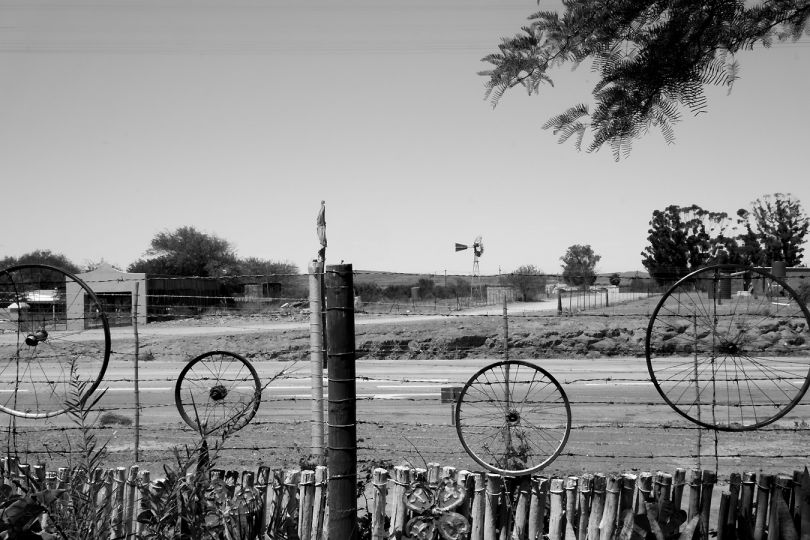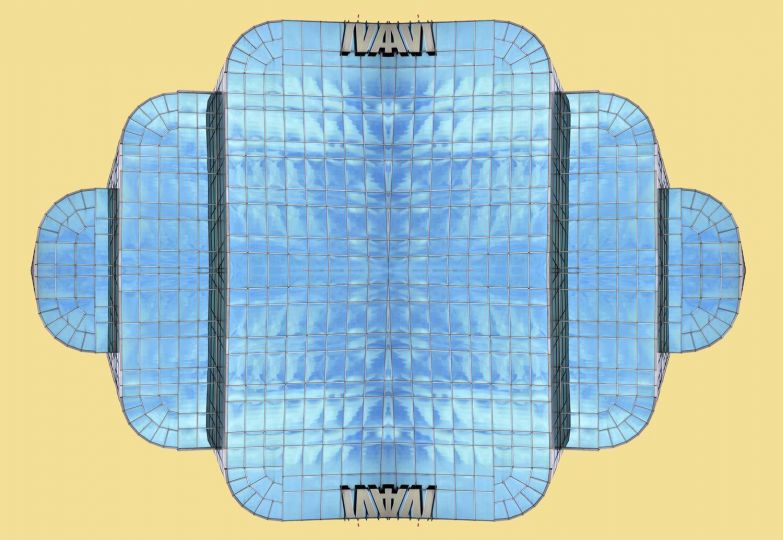Under condition of compulsive curiosity humanity has an undying need to dissect and understand our surroundings. We have an obsession and an immense desire for rules that act as umbrellas to explain the whole. However, we have an inability to see and perceive this roof that is above us for it is impossible for us to remove ourselves far enough from this existence to see the entire system of which we are trying to define: we too are an active variable in this set of complex relationships that we are striving to understand. Our world is not unlike a game of chess: there are rules and laws that we have found to define our existence just as a game of chess has rules that define how each piece can move. But just as the individuality of each players mind is the variable that disallows for the prediction of every move, there are elements and relationships that are unseen or too miniscule for our methods of dissection and observation to detect in our world: this disallows us to fully understand and predict every motion that we observe. We see in plain sight what we are trying to define – a relationship between flowers and pollinators, or simply why a plant is blooming earlier than it did just a decade prior – just as we know that in the game of chess the king will fall in the final move. However, the observed sum of these parts, those parts that create our complex system of existence, do not always add up accurately to the predicted checkmate – our calculated understanding is an abstracted version of what we see around us. In reaction to this, we continue to break our reality into smaller and smaller pieces in an attempt to again reassemble these different elements together to better understand the larger puzzle acting as an umbrella above us all: an infinite process that continues to fracture our world into tinier pieces. In my series Emergence, I explore these hyper focused actions and the reassembly of collected data.
Mark Dorf

















